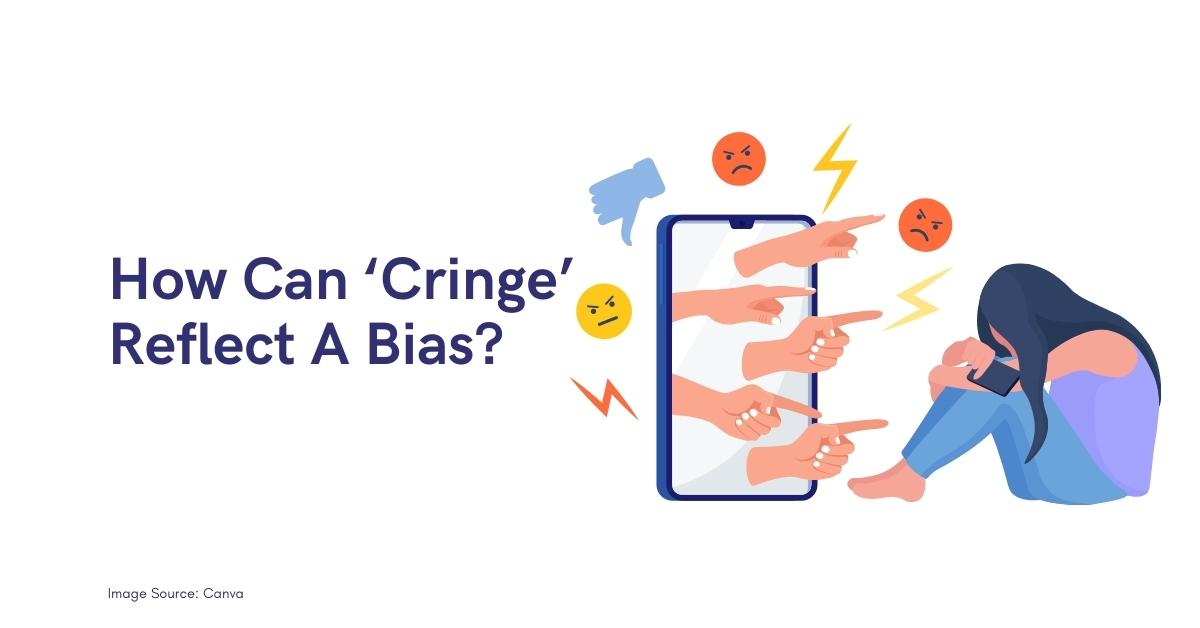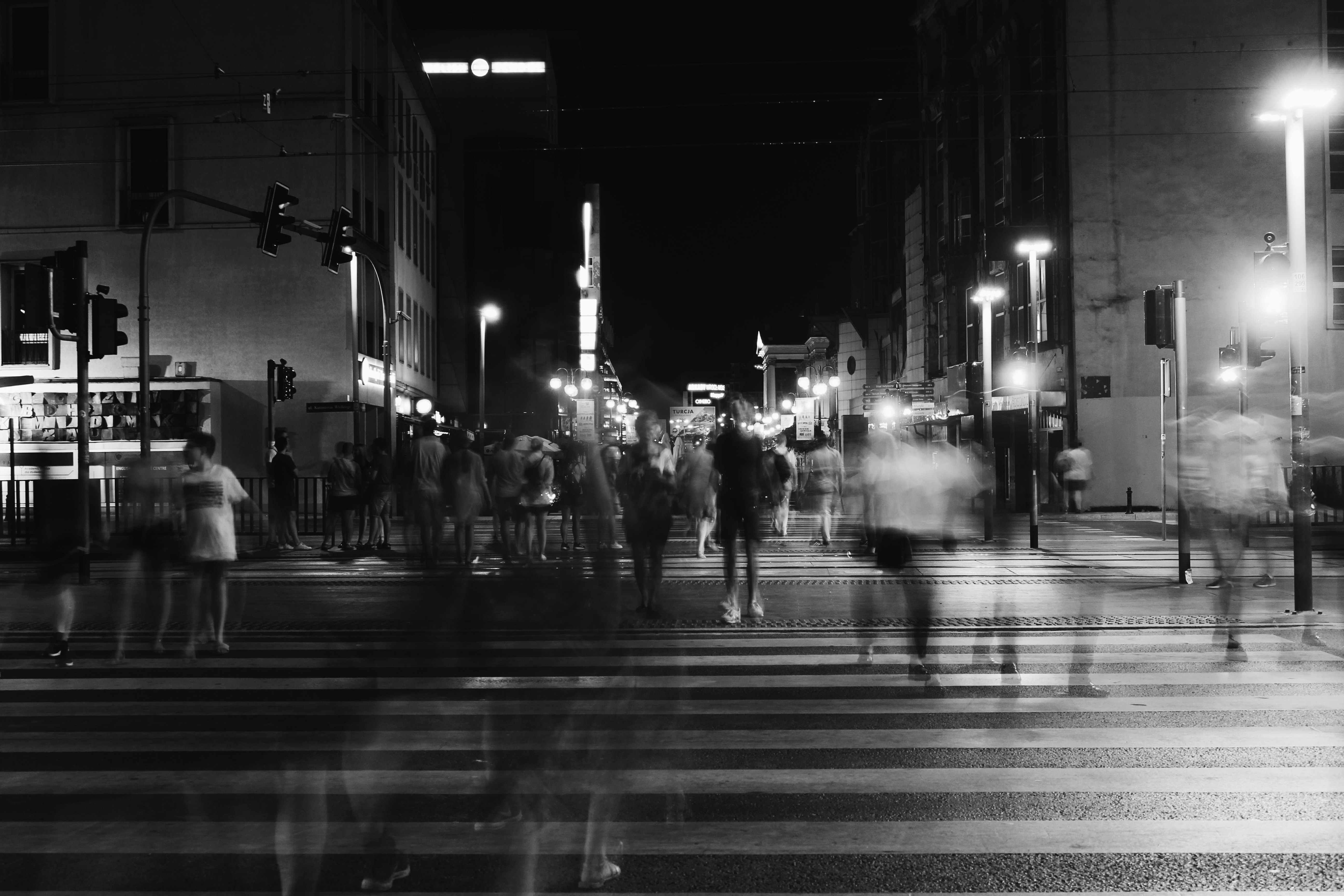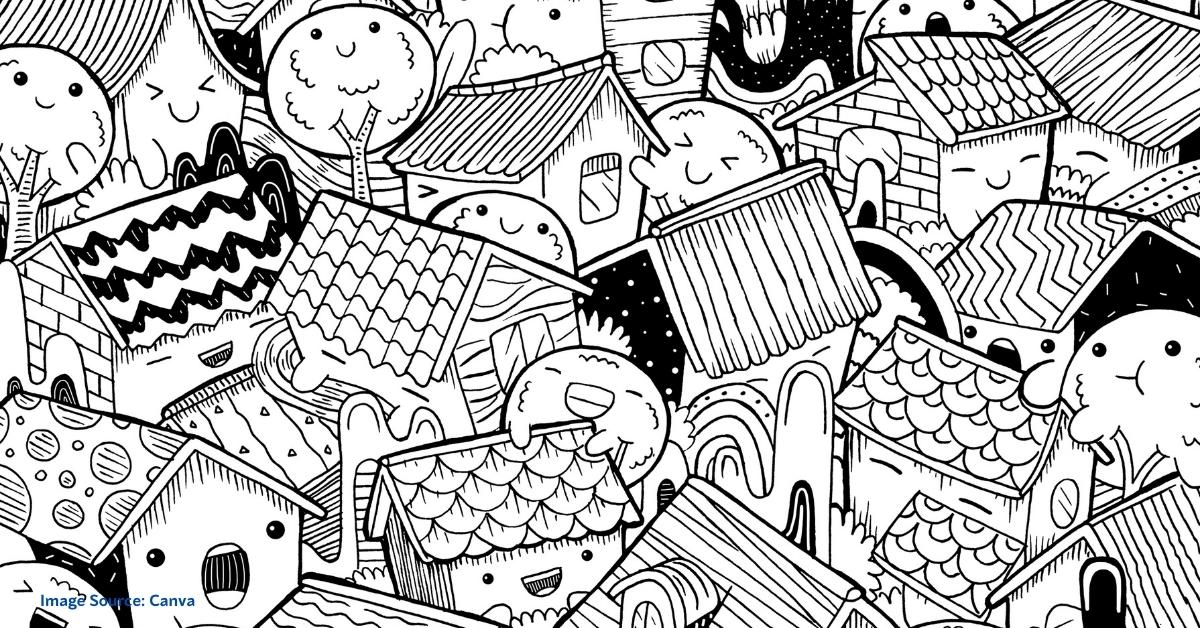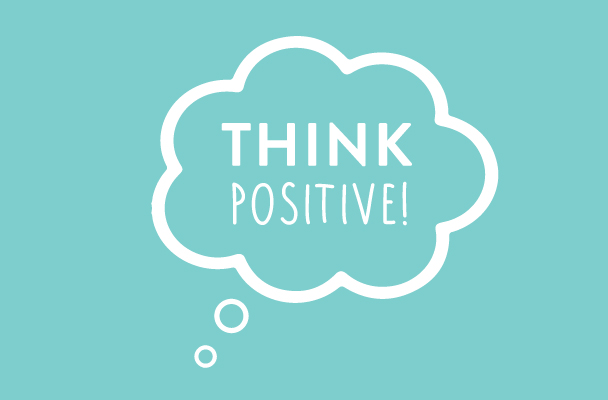Written by Anindita | Reviewed By John Victor | Updated On November 20, 2022

Listen to this article in Audio
Does cringe reflect a bias?
Before its ban in India, Tiktok enabled many users to upload short videos on a public space. Many creators from different parts of the country could conveniently create and upload content and express themselves to a much wider audience than ever before. Digital marketing, which was popularised due to the growing influx of social media in our daily lives, allowed some of the creators to gain an additional source of employment and possibly, an equal chance at gaining fame. A popular substitute, Instagram reels, has not turned out to be such an egalitarian platform. It’s algorithm prefers high quality videos and video aesthetics that seem to favour an elitist crowd. Here, ranging from one's quality of technical equipment to video background, everything reflects a subtle form of casteism and classism.

Education & Academics
The Perils of Being Woke
Education & Academics
How Can ‘Cringe Culture’ Reflect A Bias | Cyberbullying
Education & Academics
Doodling To Destressing - A Creative Way Of Managing Stress
Education & Academics
THE POWER OF POSITIVE THINKINGAnindita (she/her) is an undergraduate-level psychology student from Delhi. Having deep regard for mental health, she aims to create a safe space for those who wish to be heard, and impact-oriented conversations about the current state of affairs pertaining to mental health sensitivity in India, with a special interest in intersectionality and Indian philosophy.
She is also an arm-chair tea critic, cat lover, and cinema enthusiast who wishes to run across a watercolor sky every chance she gets.